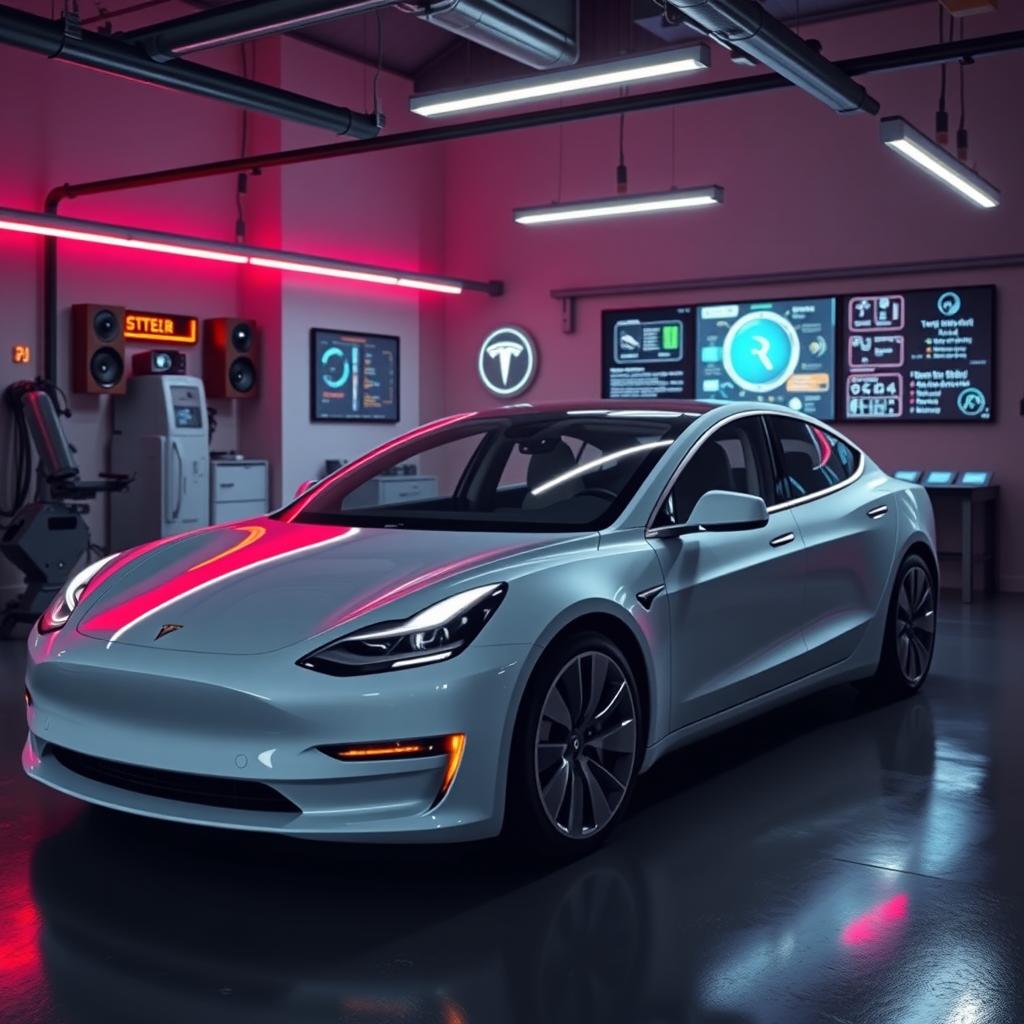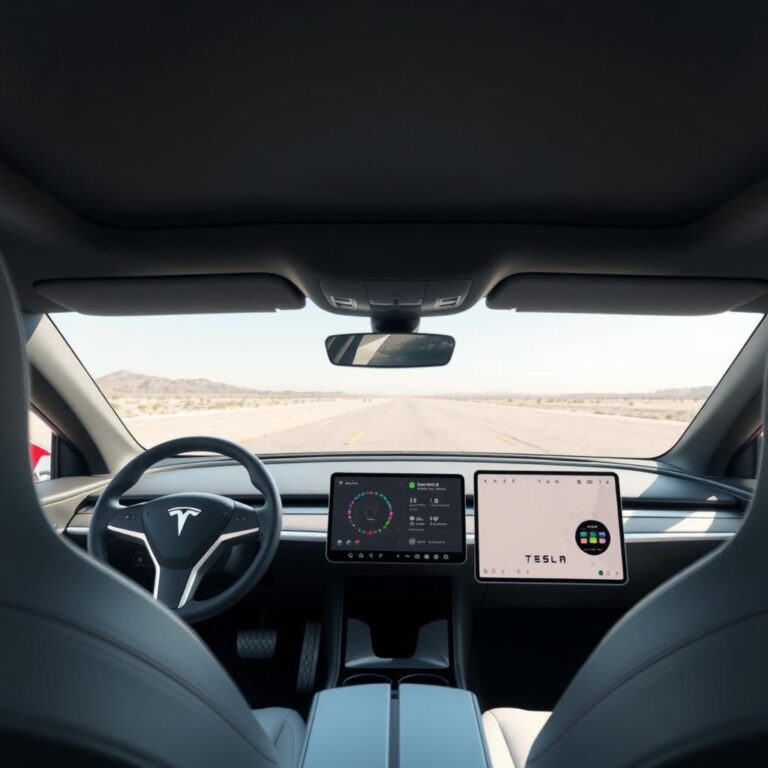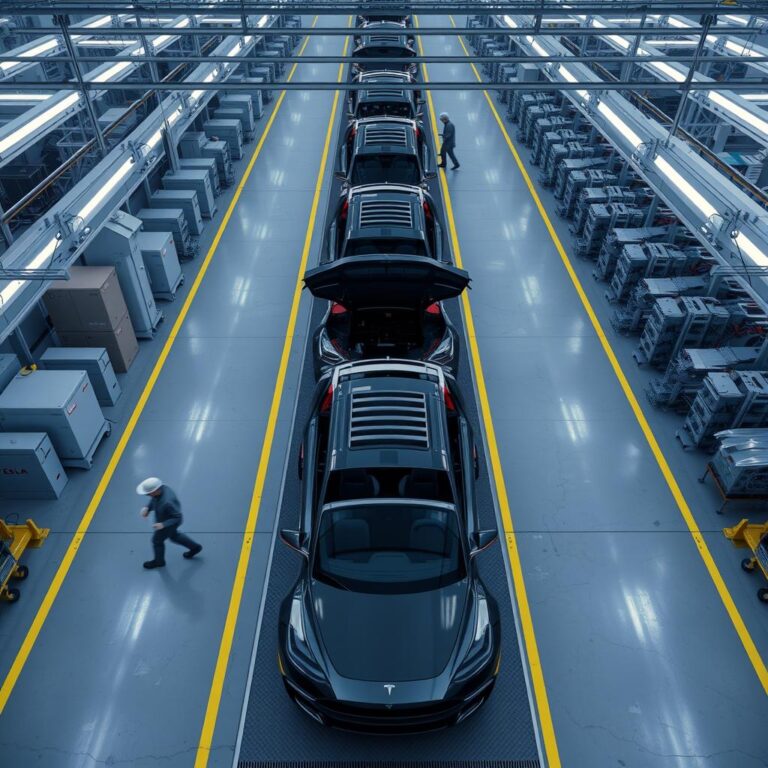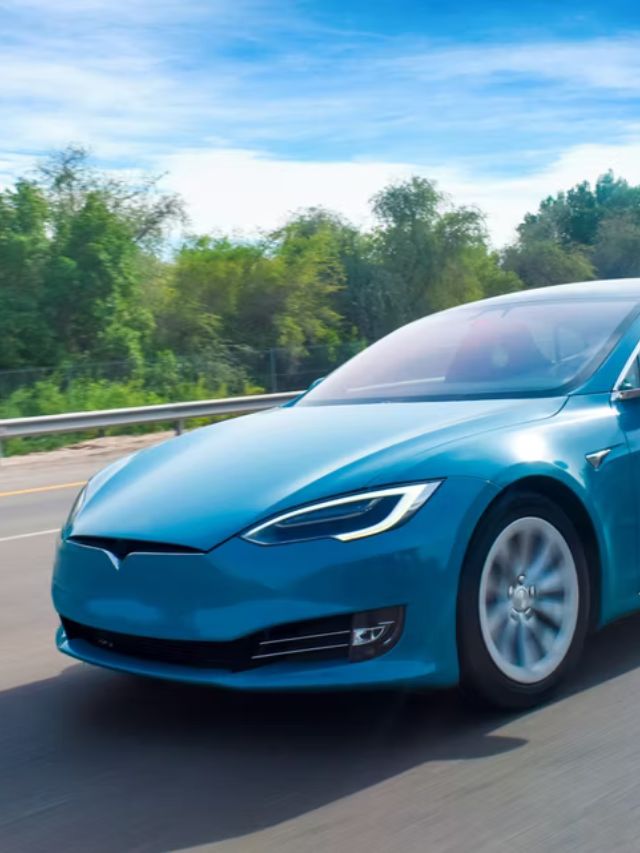Can Tesla Car Battery Power Home?
Can Tesla Car Battery Power Home?
As the world shifts toward renewable energy and electric vehicles (EVs), many people are wondering if they can make the most out of their Tesla by using its powerful car battery to power their homes. After all, Tesla vehicles are equipped with cutting-edge battery technology that stores substantial amounts of energy. But can that energy be used to power a home? Let’s explore this question and look at the possibilities, the technology involved, and what Tesla is doing to make energy storage more accessible to homeowners.
In this article, we will dive into the question of whether a Tesla car battery can power your home, how Tesla is working to integrate energy storage solutions, and what options are available for homeowners looking to maximize the potential of their Tesla battery.
Can Tesla Car Battery Power Home?
The short answer is yes, a Tesla car battery can power your home—but not directly in the way you might expect. Tesla vehicles, like the Model S, Model X, and Model 3, are equipped with large lithium-ion batteries that are designed to power the car’s motors and provide long-range driving. However, these same batteries can be repurposed or used in a backup power situation to provide electricity for a home, with the right setup.
In theory, you can use the battery in your Tesla to power essential appliances in your home, but there are some limitations and requirements that need to be addressed. While Tesla’s car batteries are powerful, they are not specifically designed to power homes. That said, there are ways to achieve this functionality through Tesla’s energy storage solutions and third-party systems.
1. Tesla’s Energy Storage Solutions: Powerwall and Powerpack
Tesla has developed dedicated energy storage systems designed to power homes and businesses: the Powerwall and the Powerpack. The Powerwall is a home battery system designed to store electricity for later use, and it can be integrated with solar panels or the grid to optimize energy consumption. These systems are much more suited to home energy storage than Tesla car batteries, which are primarily designed for vehicle propulsion.
While Tesla’s car batteries are powerful, they are not intended to be a long-term power source for a home. The Powerwall, on the other hand, is optimized for stationary energy storage, and it works seamlessly with Tesla’s solar panels to create a sustainable energy ecosystem in your home. In short, while a Tesla car battery can technically power a home, it’s not as efficient or practical as Tesla’s dedicated home battery solutions like the Powerwall.
2. Can I Use My Tesla Car Battery as a Backup Power Source?
Yes, it is possible to use your Tesla car’s battery as a backup power source for your home in emergency situations. The key to making this work lies in the use of an inverter and a power management system. Tesla’s electric vehicles come with an impressive battery capacity, with most models offering between 50 kWh and 100 kWh of energy storage. Depending on the energy needs of your home, your Tesla car battery could potentially power essential appliances like lights, refrigerators, and electronics for a limited time during a power outage.
However, this would require the installation of specific hardware, including:
- Inverter: A high-quality inverter would be needed to convert the direct current (DC) energy from your Tesla car’s battery into alternating current (AC), which is used by most home appliances.
- Power Management System: A system would be needed to manage the flow of energy from your Tesla to the appliances in your home. This system would monitor energy consumption and prevent the battery from being overdrawn or depleted too quickly.
- Charging System: A system to ensure that your Tesla’s battery is charged sufficiently to power your home for an extended period. While a fully charged Tesla can power a home for a short time, the car’s battery would need to be recharged regularly to continue functioning as a power source.
While this setup is technically possible, it is not a simple plug-and-play solution, and Tesla does not currently offer an official system for using a Tesla car’s battery to power a home. This process would likely void the vehicle’s warranty, and there could be concerns about the long-term wear and tear on the battery.
3. Tesla’s Long-Term Vision for Home Energy Storage
Tesla’s vision for energy storage goes beyond using car batteries to power homes. In fact, Tesla is focusing on creating comprehensive energy ecosystems that are both sustainable and efficient. Tesla’s Powerwall and Powerpack systems are designed to store electricity generated from renewable sources, like solar power, and provide backup power when needed. Tesla aims to create a world where energy is more decentralized and relies less on the grid.
One of the main advantages of using a Powerwall over a Tesla car battery is that the Powerwall is designed specifically to integrate with a home’s electrical system. It is built to provide long-term energy storage and can be used in conjunction with solar panels to ensure your home has a reliable and clean power source even when the sun isn’t shining. The Powerwall can store energy during the day and release it when needed, allowing homeowners to significantly reduce their reliance on the grid.
4. What Are the Limitations of Using a Tesla Car Battery to Power a Home?
While the idea of using a Tesla car battery to power your home is appealing, there are several limitations that make it impractical for most homeowners:
- Limited Power Capacity: Tesla car batteries have a large capacity, but they are still not enough to power an entire home for an extended period. The battery’s capacity may be sufficient for a few hours of backup power, but not for days or weeks of energy independence.
- Efficiency: Using a Tesla battery for home power requires additional equipment, such as an inverter and power management system, which can reduce the overall efficiency of the energy transfer.
- Battery Degradation: Frequently discharging your Tesla’s battery to power your home could accelerate battery degradation, shortening the lifespan of your vehicle’s battery. This is a significant concern for Tesla owners who rely on their cars for long-distance driving.
- Lack of Integration: Tesla does not currently offer a solution that integrates the car’s battery with a home’s electrical system, making the setup more complicated and costly for the average homeowner.
Conclusion: Can Tesla Car Battery Power Home?
While it is possible to use a Tesla car battery to power a home in emergency situations, the technology is not designed for this purpose, and it comes with several limitations. Tesla’s dedicated energy storage solutions, like the Powerwall, are far better suited to home energy storage and backup power needs.
If you are looking to maximize the potential of your Tesla vehicle’s battery, it’s best to consider Tesla’s energy storage systems, which are specifically designed for home use and work seamlessly with solar energy. While using your Tesla car battery to power your home is not a long-term solution, Tesla’s advancements in energy storage are paving the way for a more sustainable and self-sufficient energy future.

Frequently Asked Questions About Tesla Car Batteries Powering Homes
1. Can I use my Tesla car battery to power my entire home?
While it’s technically possible to use your Tesla car battery to power essential appliances in your home, using it to power your entire home for an extended period isn’t practical. Tesla car batteries have a limited capacity (usually between 50 kWh and 100 kWh), which might be enough to power some appliances for a short time, but not for a full house over an extended period. For sustained energy storage, Tesla’s Powerwall is a more efficient solution, designed to power homes during outages and store excess solar energy.
2. How much power can a Tesla car battery provide to my home?
The amount of power a Tesla car battery can provide to your home depends on the model of the car and your energy usage. For example, a fully charged Tesla Model S with a 100 kWh battery could theoretically provide enough power to run lights, a refrigerator, and a few other essential appliances for a few hours. However, the energy demand of heating, air conditioning, or other large appliances could quickly drain the battery. In general, while it can be useful for short-term backup, a Tesla car battery is not designed to provide long-term power for an entire home.
3. Will using my Tesla car battery to power my home damage the battery?
Using your Tesla car battery to power your home occasionally might not cause immediate damage, but it could accelerate the degradation of the battery over time. Tesla batteries are designed for vehicle propulsion and not for continuous home energy use. Repeatedly discharging the battery to power a home could lead to a reduction in its overall lifespan. It’s important to consider this potential wear and tear before relying on your Tesla car battery as a primary power source for your home.
4. Can I use Tesla’s car battery as an emergency power source for my home?
Yes, a Tesla car battery can serve as an emergency power source for your home, provided the necessary equipment is in place. For example, you would need an inverter to convert the DC power from the battery into AC power that your home can use. Additionally, a power management system would be required to safely manage the flow of energy from the Tesla to the home’s electrical system. In emergency situations, using your Tesla’s battery to power essential appliances can provide temporary relief until power is restored.
5. Can Tesla’s Powerwall integrate with my Tesla car’s battery?
While the Tesla Powerwall and your car’s battery are both part of Tesla’s ecosystem, they are separate systems. The Powerwall is specifically designed for home energy storage, while your Tesla car battery is designed to power the car. However, it is possible to integrate both systems through Tesla’s energy management platform, allowing your home to benefit from both the Powerwall and the Tesla car battery. Tesla’s long-term goal is to make home energy storage and EV power more interconnected, but at this time, they remain separate systems.
6. How does the Tesla Powerwall differ from using my car battery for home power?
The Tesla Powerwall is a purpose-built home energy storage system designed to store energy for later use. Unlike the car battery, which is designed for vehicle propulsion, the Powerwall is designed to provide power for your home during outages, store excess solar energy, and optimize your home’s energy usage. The Powerwall is much more efficient for home energy storage because it is designed to integrate seamlessly with your home’s electrical system and provide long-term energy support. On the other hand, using your Tesla car battery for home power is more of a temporary solution and comes with limitations, such as battery degradation and lower efficiency for long-term use.
Conclusion: Can Tesla Car Battery Power Home?
In conclusion, while a Tesla car battery can technically power your home in emergency situations, it is not the most efficient or sustainable option for long-term home energy use. Tesla’s Powerwall is a more practical solution designed for home energy storage, providing a more reliable and efficient way to store energy and power your home during outages. If you are looking to maximize the potential of your Tesla vehicle’s battery, consider using it as a backup power source during emergencies, while using Tesla’s Powerwall for long-term energy needs.
Tesla’s vision for energy storage, including both car batteries and dedicated home solutions like Powerwall, is pushing the boundaries of renewable energy adoption. By improving battery technology and creating interconnected systems, Tesla is leading the way to a more sustainable future where electric vehicles and energy storage solutions complement each other to provide reliable and clean energy for homes and beyond.



